Nissan has restored a Pulsar GTI-R Group A rally car from its own collection. The project was undertaken by a group of all-volunteer Nissan employees, about 115 in all, who worked on the WRC car during off hours. After spending about a year on the restoration, the team recently held a small ceremony to commemorate its completion.
The Pulsar GTI-R participated in the highest level of World Rally Championship alongside contemporaries like the Mitsubishi Galant VR-4, Toyota Celica GT-Four, and Subaru Legacy RS. As Nissan’s first all-wheel-drive rally car, expectations ran high during its development in 1990.
The Pulsar GTI-R began its WRC career at the 1991 Safari Rally, a race with which Nissan had decades of history. In competition guise the SR20 was tuned to generate about 300 horsepower, and the Pulsar finished a respectable 5th place behind the Lancia Delta Integrale and Toyota Celica GT-Four.
Unfortunately, its performance for the rest of the season proved lackluster, finishing only two of the remaining rounds and placing 7th in the Manufacturers’ Championship. Nissan’s fortunes didn’t change much the following year. One of the problems was that the homologated road car came with 14-inch wheels and WRC rules allowed an increase of only two inches, meaning the rally car was running 16-inchers while the rest of the field had 17 inches at their disposal.
The WRC car was also prone to overheating, as the cramped engine bay didn’t provide enough cooling for the turbocharged engine. For 1992 the Pulsar finished five of the ten rounds, its best finish a 3rd place podium at the Swedish Rally. After finishing the season sixth in the Manufacturers’ Championship while the Bubble Economy’s bursting back home caused financial issues, Nissan withdrew from WRC at the end of the season.
The restored Pulsar GTI-R is one of three of Nissan’s 1992 RAC rally entrants. As such, it’s one of the last Nissan WRC cars ever built. Restoration was held back because of the pandemic, but began in April 2023. The car had been literally “put away wet” with mud from the rally still caked onto the body.
“Because this is a rally car, we basically decided to leave it in the same condition it was after the race,” said project lead Toshiaki Kawai. “With that in mind, we didn’t make too many changes to the exterior dents and scratches, and only repaired the most rusty areas and the parts that had deteriorated over time since storage.”
The restored car, No.12 driven by Stig Blomqvist and Benny Melander, retired due to an accident in its final race. At some point the dents had been hastily patched with filler, which had since cracked. The undercarriage, which had been damaged from the rally’s rough terrain, had significant patches of rust as well, so a big chunk of the restoration involved bodywork.
Another challenge was the fact that the rally car used many unique parts not found on the road car, including its ECU, suspension, injectors, magnesium transmission case and the dog box gears within. Fortunately, and perhaps because the car retired early, most of those components could be rebuilt and reused.
Once can’t help but wonder what Nissan may have gone on to do in WRC if they had been able to stick with it like Toyota, Subaru, and Mitsubishi. However, per homologation rules Nissan had to build a street-legal version of the Pulsar GTI-R, which proved incredibly popular among tuners.
The road car was powered by a turbo SR20 with top-mount intercooler and four individual throttle bodies. Good for 227 horsepower, output was funneled through Nissan’s ATTESA all-wheel-drive system, making for an incredibly fun runabout. So while the Pulsar GTI-R WRC program wasn’t a huge success, it ended up spawning one of Japan’s all-time hot hatch greats.
The restoration took a little over a year, finishing in June 2023. During the coursre of the project, the volunteers interviewed people involved with Nissan’s rallying efforts at the time. With more over 30 years since Nissan’s withdrawal from WRC, the team felt that this may have been the last opportunity to pass valuable information onto future generations.


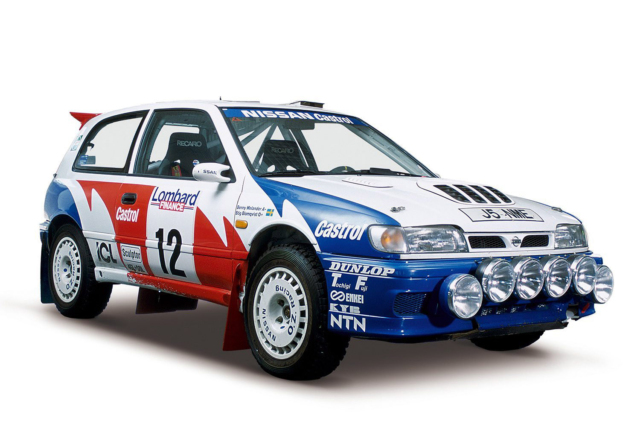

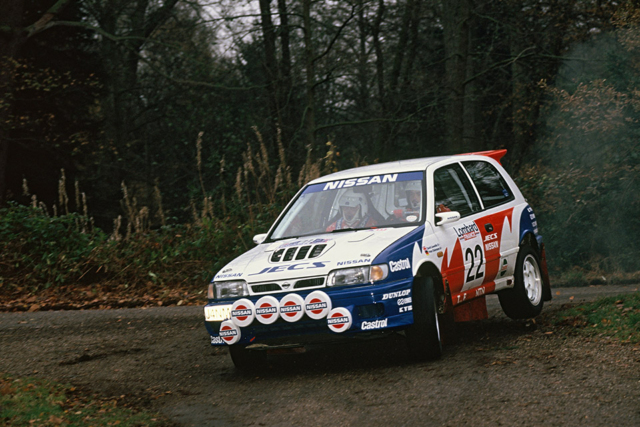
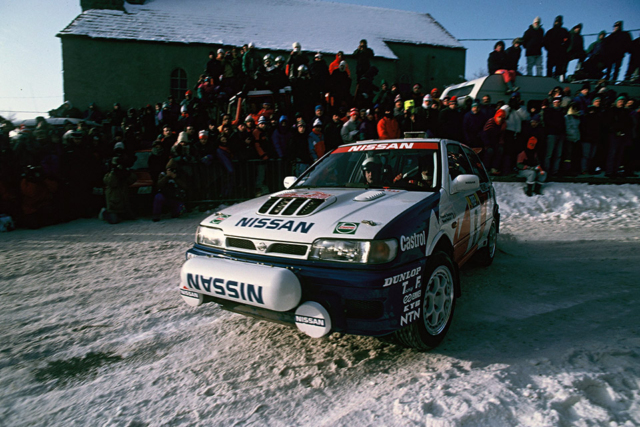
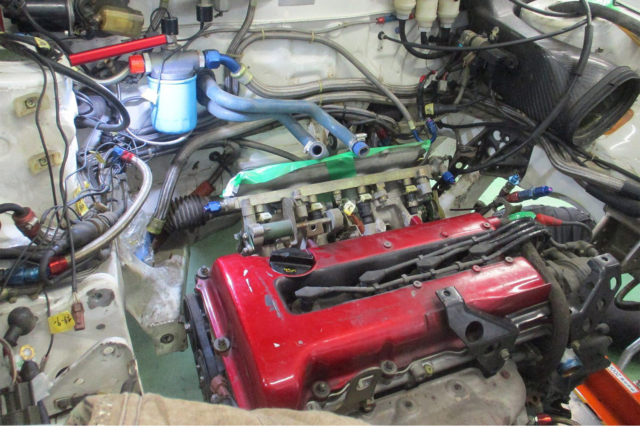
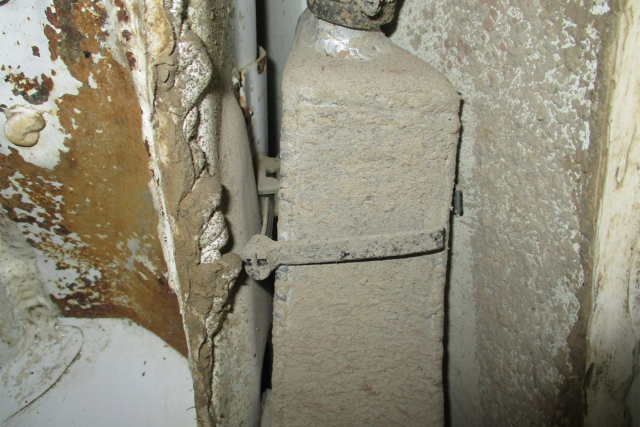
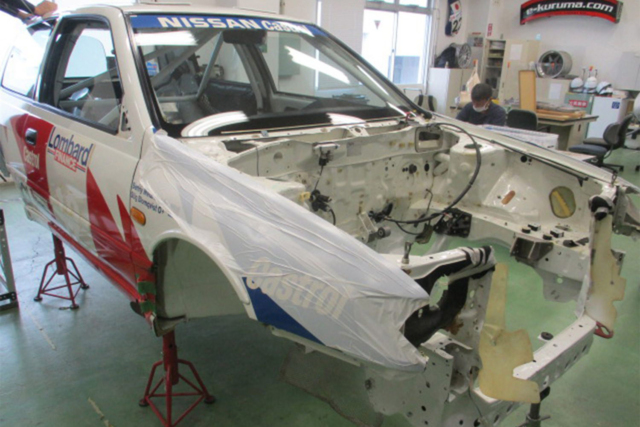
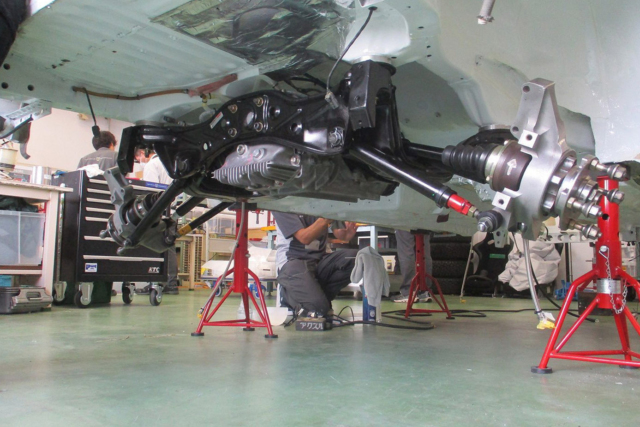
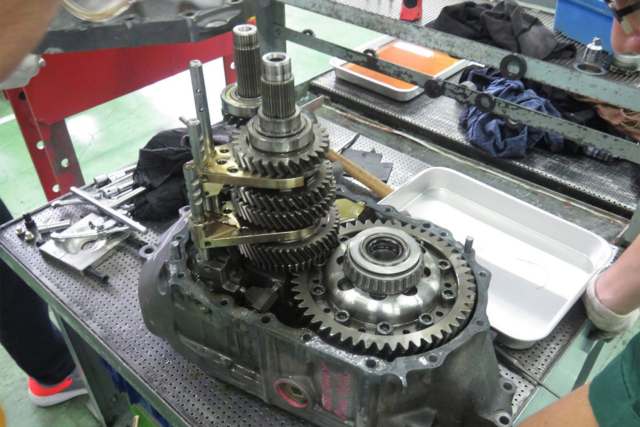
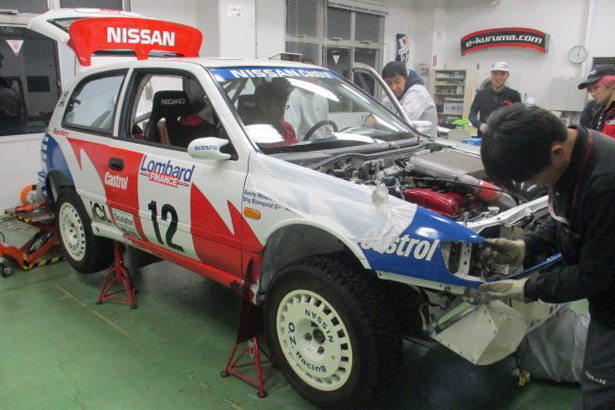

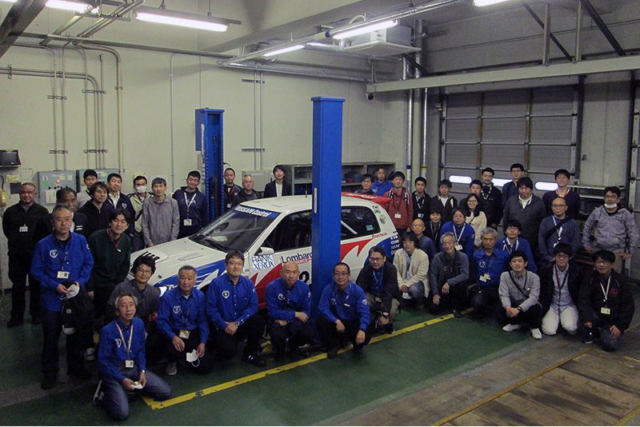




I am always happy when I see one, there is one that appeared in my neighbourhood lately, I hope to see it running soon!
I did not know about its rallying origin, and I am a bit perplexed about that +2 inches rule for the wheels, seeing as the car was raced for at least three seasons, couldn’t they have swapped the wheels of the road-going Pulsar GTI-R for 15 or even 16″ for the second or third season?
But in the end, seeing the GTI-R not getting into Victory lane while the R32 GT-R was dominating its field, I guess Nissan chose where to spend its racing budget.
Seeing the recent rumors of sports and sporty cars, will we see an evolution of this car? I would very much like to see a Micra GTI-R or a Leaf GTI-R, but we most probably would get a juke or a kick gti-r…
Baby Godzilla, nothing more needs to be said. Seen two in the Toronto area, but never could get a closer look.